Radiocarbon tests of carbonized plant remains where artifacts were unearthed last May along the Savannah River in Allendale County by University of South Carolina archaeologist Dr. Albert Goodyear indicate…
that the sediments containing these artifacts are at least 50,000 years old, meaning that humans inhabited North American long before the last ice age.
The findings are significant because they suggest that humans inhabited North America well before the last ice age more than 20,000 years ago, a potentially explosive revelation in American archaeology.
Goodyear, who has garnered international attention for his discoveries of tools that pre-date what is believed to be humans’ arrival in North America, announced the test results, which were done by the University of California at Irvine Laboratory, Wednesday (Nov .17).
“The dates could actually be older,” Goodyear says. “Fifty-thousand should be a minimum age since there may be little detectable activity left.”
The dawn of modern homo sapiens occurred in Africa between 60,000 and 80,000 years ago. Evidence of modern man’s migration out of the African continent has been documented in Australia and Central Asia at 50,000 years and in Europe at 40,000 years. The fact that humans could have been in North America at or near the same time is expected to spark debate among archaeologists worldwide, raising new questions on the origin and migration of the human species.
“Topper is the oldest radiocarbon dated site in North America,” Goodyear says. “However, other early sites in Brazil and Chile, as well as a site in Oklahoma also suggest that humans were in the Western Hemisphere as early as 30,000 years ago to perhaps 60,000.”
In 1998, Goodyear, nationally known for his research on the ice age PaleoIndian cultures dug below the 13,000-year Clovis level at the Topper site and found unusual stone tools up to a meter deeper. The Topper excavation site is on the bank of the Savannah River on property owned by Clariant Corp., a chemical corporation headquartered near Basel, Switzerland. He recovered numerous stone tool artifacts in soils that were later dated by an outside team of geologists to be 16,000 years old.
For five years, Goodyear continued to add artifacts and evidence that a pre-Clovis people existed, slowly eroding the long-held theory by archaeologists that man arrived in North America around 13,000 years ago.
Last May, Goodyear dug even deeper to see whether man’s existence extended further back in time. Using a backhoe and hand excavations, Goodyear’s team dug through the Pleistocene terrace soil, some 4 meters below the ground surface. Goodyear found a number of artifacts similar to the pre-Clovis forms he has excavated in recent years.
Then on the last day of the last week of digging, Goodyear’s team uncovered a black stain in the soil where artifacts lay, providing him the charcoal needed for radiocarbon dating. Dr. Tom Stafford of Stafford Laboratories in Boulder, Colo., came to Topper and collected charcoal samples for dating.
“Three radiocarbon dates were obtained from deep in the terrace at Topper with two dates of 50,300 and 51,700 on burnt plant remains. One modern date related to an intrusion,” Stafford says. “The two 50,000 dates indicate that they are at least 50,300 years. The absolute age is not known.”
The revelation of an even older date for Topper is expected to heighten speculation about when man got to the Western Hemisphere and add to the debate over other pre-Clovis sites in the Eastern United States such as Meadowcroft Rockshelter, Pa., and Cactus Hill, Va.
In October 2005, archaeologists will meet in Columbia for a conference on Clovis and the study of earliest Americans. The conference will include a day trip to Topper, which is sure to dominate discussions and presentations at the international gathering.USC’s Topper: A Timeline
May, 1998 — Dr. Al Goodyear and his team dig up to a meter below the Clovis level and encounter unusual stone tools up to two meters below surface.
May 1999 — Team of outside geologists led by Mike Waters, a researcher at Texas A&M, visit Topper site and propose a thorough geological study of locality.
May 2000 — Geology study done by consultants; ice age soil confirmed for pre-Clovis artifacts.
May 2001 — Geologists revisit Topper and obtain ancient plant remains deep down in the Pleistocene terrace. OSL (optically stimulated luminescence) dates on soils above ice age strata show pre-Clovis is at least older than 14,000.
May 2002 — Geologists find new profile showing ancient soil lying between Clovis and pre-Clovis, confirming the age of ice age soils between 16,000 – 20,000 years.
May 2003 — Archaeologists continue to excavate pre-Clovis artifacts above the terrace, as well as new, significant Clovis finds.
May 2004 — Using backhoe and hand excavations, Goodyear and his team dig deeper, down into the Pleistocene terrace, some 4 meters below the ground surface. Artifacts, similar to pre-Clovis forms excavated in previous years, recovered deep in the terrace. A black stain in the soil provides charcoal for radio carbon dating.
November 2004 — Radiocarbon dating report indicates that artifacts excavated from Pleistocene terrace in May were recovered from soil that dates some 50,000 years. The dates imply an even earlier arrival for humans in this hemisphere than previously believed, well before the last ice age.DR. ALBERT C. GOODYEAR III
University of South Carolina archaeologist Albert C. Goodyear joined the South Carolina Institute of Archaeology and Anthropology in1974 and has been associated with the Research Division since 1976. He is also the founder and director of the Allendale PaleoIndian Expedition, a program that involves members of the public in helping to excavate PaleoAmerican sites in the central Savannah River Valley of South Carolina.
Goodyear earned his bachelor’s degree in anthropology from the University of South Florida (1968), his master’s degree in anthropology from the University of Arkansas and his doctorate in anthropology from Arizona State University (1976). He is a member of the Society for American Archaeology, the Southeastern Archaeological Conference, the Archaeological Society of South Carolina, and the Florida Anthropological Society. He has served twice as president of the Archaeological Society of South Carolina and is on the editorial board of The Florida Anthropologist and the North American Archaeologist.
Goodyear developed his interest in archaeology in the 1960s as a member of the F1orida Anthropological Society and through avocational experiences along Florida’s central Gulf Coast. He wrote and published articles about sites and artifacts from that region for The Florida Anthropologist in the late 1960s. His master’s thesis on the Brand site, a late PaleoIndian Dalton site in northeast Arkansas, was published in 1974 by the Arkansas Archeological Survey. At Arizona State University, he did field research on Desert Hohokam mountain hunting and gathering sites in the Lower Sonoran desert of Southern Arizona.
Goodyear, whose primary research interest has been America’s earliest human inhabitants, has focused on the period of the Pleistocene-Holocene transition dating between 12,000 and 9,000 years ago. He has taken a geoarchaeological approach to the search for deeply buried early sites by teaming up with colleagues in geology and soil science. For the past 15 years he has studied early prehistoric sites in Allendale County, S.C., in the central Savannah River Valley. These are stone tool manufacturing sites related to the abundant chert resources that were quarried in this locality.
This work has been supported by the National Park Service, the National Geographic Society, the University of South Carolina, the Archaeological Research Trust (SCIAA), the Allendale Research Fund, the Elizabeth Stringfellow Endowment Fund, Sandoz Chemical Corp. and Clariant Corp., the present owner of the site.
Goodyear is the author of over 100 articles, reports and books and regularly presents public lectures and professional papers on his PaleoIndian discoveries in South Carolina.
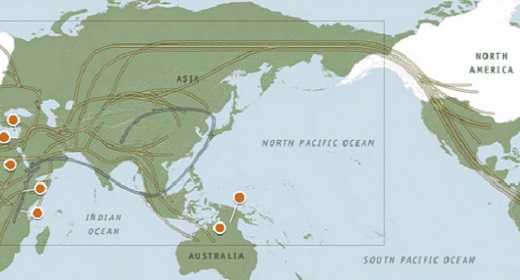
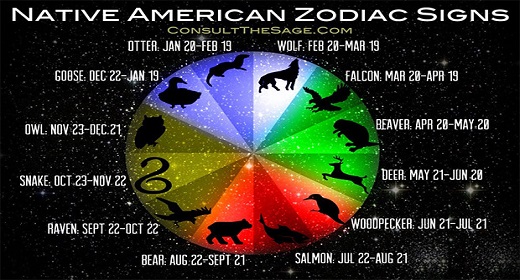






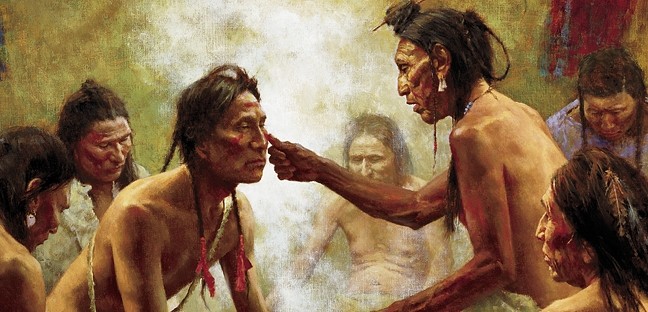
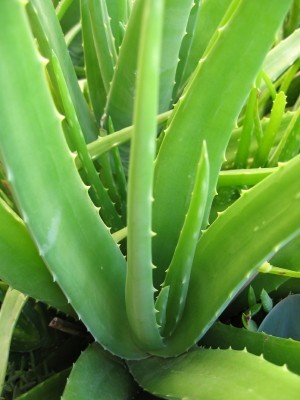

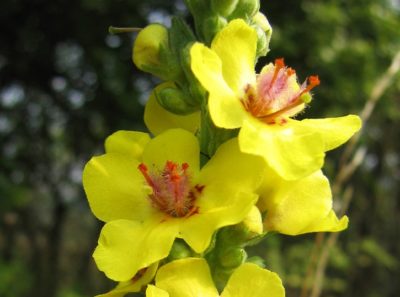
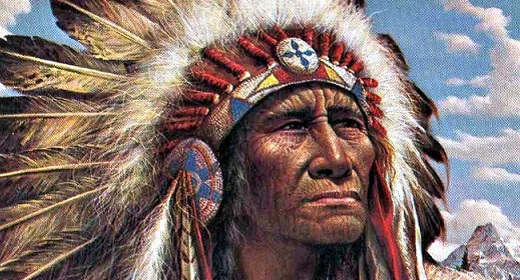






 Long ago Great Spirit came down and He gathered the peoples of this earth together
Long ago Great Spirit came down and He gathered the peoples of this earth together Elements of the Rainbow Prophecy reach across borders and oceans
Elements of the Rainbow Prophecy reach across borders and oceans There will come a day when people of all races will put aside their differences
There will come a day when people of all races will put aside their differences

 Chief Arvol Looking Horse
Chief Arvol Looking Horse

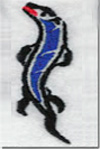 Otter: Jan 20 – Feb 18
Otter: Jan 20 – Feb 18 Wolf: Feb 19 – Mar 20
Wolf: Feb 19 – Mar 20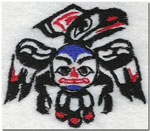 Falcon: Mar 21 – Apr 19
Falcon: Mar 21 – Apr 19 Beaver: Apr 20 – May 20
Beaver: Apr 20 – May 20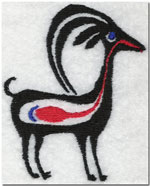 Deer: May 21 – Jun 20
Deer: May 21 – Jun 20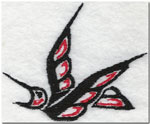 Woodpecker: Jun 21 – Jul 21
Woodpecker: Jun 21 – Jul 21 Salmon: Jul 22 – Aug 21
Salmon: Jul 22 – Aug 21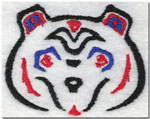 Bear: Aug 22 – Sep 21
Bear: Aug 22 – Sep 21 Raven: Sep 22 – Oct 22
Raven: Sep 22 – Oct 22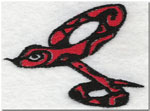 Snake: Oct 23 – Nov 22
Snake: Oct 23 – Nov 22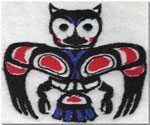 Owl: Nov 23 – Dec 21
Owl: Nov 23 – Dec 21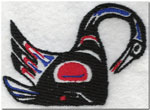 Goose: Dec 22 – Jan 19
Goose: Dec 22 – Jan 19


































